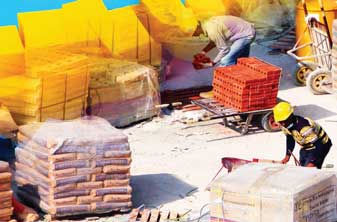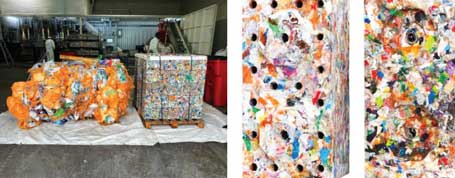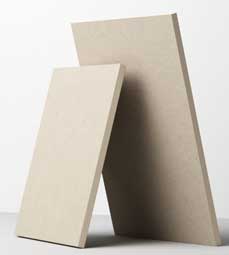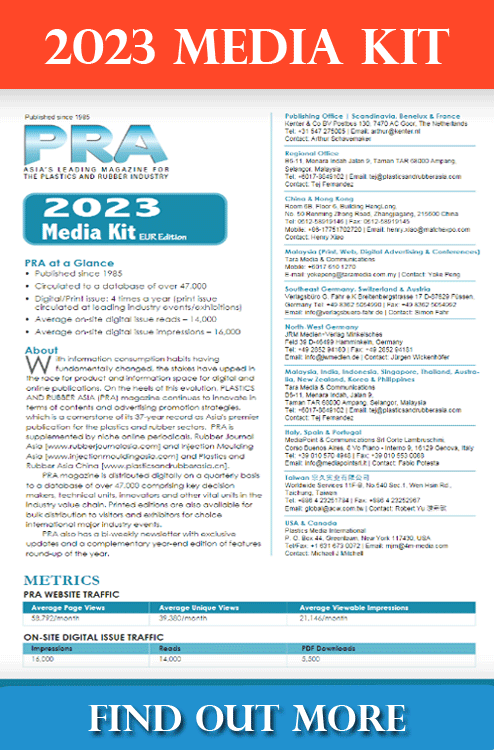Building & Construction: Building green with recycled resources
The construction sector's focus on sustainability has spurred innovative efforts, particularly utilising recycled resources, to minimise the environmental impact, says Angelica Buan in this report.
More recycled content, less carbon footprint
The building and construction sectors are responsible for about 38% of greenhouse gas (GHG) emissions and 35% of total energy consumption. This trend is expected to worsen in Asia due to population growth and rising income, leading to increased demand for construction. To address this, environmentally friendly green buildings are seen as a vital solution to reducing GHG emissions. They achieve this by minimising resource use from design to demolition, according to the Asian Development Bank (ADB).
In a 2022 ADB working paper, it was emphasised that the Asia-Pacific region is accountable for over half of global GHG emissions. Decarbonising the building sector is crucial not only for meeting national emissions targets and net-zero goals but also for improving urban living conditions.
Across the region's major cities, buildings contribute significantly to energy consumption, with residential, non-residential, and construction material manufacturing accounting for 35% collectively. Notably, concrete and steel are the biggest contributors to GHG emissions among construction materials, responsible for two-thirds of the impact, followed by bricks (18%) and aluminium (8%), as reported in the 2021 Global Status Report by the United Nations Environment Programme (UNEP).
Asia, particularly China, currently holds the title of the largest contributor to GHG emissions from construction materials. However, projections suggest that India will surpass China by 2053 in this regard.
As industries prioritise carbon footprint reduction, incorporating more recycled content into products emerges as a crucial solution.

Recycling has moved beyond domestic waste bins to take centre stage on building sites, transforming waste materials into valuable resources such as recycled concrete aggregate.
Unlike conventional concrete production, which depletes resources and emits carbon, utilising recycled materials prevents waste build-up in landfills and reduces the energy and emissions tied to extraction and processing. Moreover, recycled concrete often boasts enhanced durability and can even surpass traditional concrete in specific applications.
Carbon neutral concrete/plastic blocks
The extensive use of concrete in construction has been marred by its substantial carbon emissions, primarily originating from cement manufacturing. Nonetheless, recent progress in materials science has introduced a fresh era of carbon-neutral concrete, aimed at reducing its ecological footprint.
ByFusion Global is making a noteworthy stride in this direction. The California-headquartered start-up has a groundbreaking product, Byblock, made from repurposed plastic waste, including types that are conventionally considered non-recyclable.

ByFusion employs its patent-pending Micro Diversion Platform (MDP) to consistently convert diverse plastic waste types into Byblock, without the need for secondary additives or fillers. This building material serves various purposes, from retaining walls, sound barriers, and furniture to sheds, fencing, and landscaping.
Byblock's density can be tailored to specific requirements, offering flexibility, plus the material does not crack or crumble, thus distinguishing it from concrete blocks. Unlike traditional options, it does not need adhesives, and its production emits 83% fewer CO2 emissions than concrete blocks, says the firm.
Honext, a Barcelona-based company, on the other hand, is doing away with resins to produce building boards. Using enzymes and cellulose removed from waste streams generated during the production of paper, it has produced a sustainable construction board material.
This cellulose material is sourced from cardboard and paper waste generated by paper mills, having undergone multiple reuse cycles. The remaining short cellulose fibres, unsuitable for further papermaking, are typically discarded as landfill or incinerated, contributing to approximately 7 million tonnes/year of global waste.

Honext's innovation rescues this otherwise wasted material by transforming it into construction boards for interior partitions and cladding. By introducing specific enzymes during production, they strengthen the bonds between the short cellulose fibres without the need for non-recyclable resins. Non-toxic additives enhance the board's UV resistance. The resulting mixture is shaped into wet boards, which are then dried emission-free through a controlled process.
This cellulose board offers several benefits, including reduced weight, increased flexibility and sound absorption, compared to alternatives like MDF or drywall.
Beyond the material's sustainability, Honext strives for a carbon-neutral production process. The cellulose material is created using gas and electricity generated from waste digestion, and water is reused in a closed circuit. At the material's end of life, it's reintegrated into production for a new set of boards, while any applied coatings are removed in the process, adds Honext.
(PRA)
Subscribe to Get the Latest Updates from PRA Please click here
©2023 Plastics and Rubber Asia. All rights reserved.

©2023 Plastics and Rubber Asia. All rights reserved.
Home Terms & Conditions Privacy Policy Webmail Site Map About Us



















